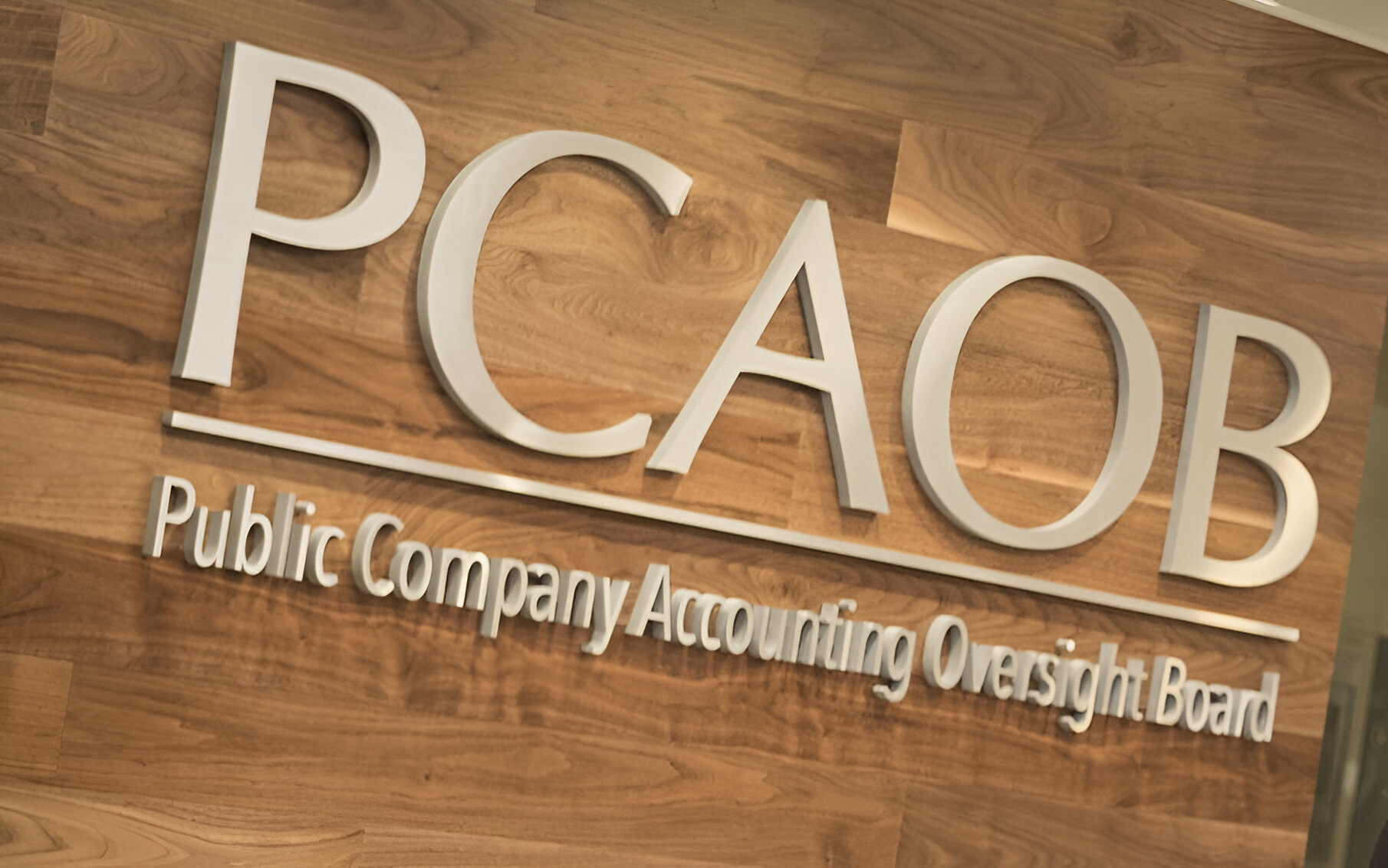Talent shortages, cloud adoption and increased automation are some of the trends affecting the finance function in organizations within the United States and Canada, according to the Benchmarking the Accounting & Finance Function 2017 report from Financial Executives Research Foundation (FERF), the research affiliate of Financial Executives International (FEI), and Robert Half.
Finance and accounting executives remain under constant pressure to do more with less, with 62 percent of the largest surveyed organizations reporting that their teams are at least somewhat understaffed.
“The tight job market for skilled accounting and finance talent, combined with a growing wave of baby boomer retirements, is leading to staffing shortages,” said Paul McDonald, senior executive director for Robert Half. “Many businesses are struggling to find the talent they need to handle general accounting duties; some have found it more effective to staff certain roles with interim professionals.”
Andrej Suskavcevic, CAE, President and CEO of FEI and FERF, added that companies are further increasing efficiencies through automation. “Businesses are realizing how essential it is to migrate from legacy systems that are inefficient and costly to maintain. Similarly, many larger organizations have made a shift to the cloud over the past year, and more plan to make the move soon.”
Other key findings include:
- Acceptance of cloud-based technologies in the finance function continues to rise. Seventy-two percent of U.S. respondents said they are either using cloud-based solutions or plan to do so in the future, compared to 62 percent in 2016.
- The median employment-related cost of internal financial staff as a percentage of revenue held steady at 2 percent for the third consecutive year in the United States, while increasing in Canada for the first time in three years.
- Most companies, except for large firms with $5 billion or more in revenue, will be investing in the key finance function areas of budgets and analysis this year. The largest firms are focusing most of their investment on finance.
- Most financial executives in the United States (59 percent) and Canada (52 percent) see the cost of their compliance requirements remaining steady this year. However, 61 percent of U.S. respondents and 56 percent of Canadian respondents also expect the compliance burden for their firms to increase over the next three years.
The report is based on responses to the eighth annual benchmarking survey of leaders of accounting and finance departments at more than 1,400 public and private companies, mainly in the United States and Canada. It was developed and conducted by FERF and Robert Half. More than one-quarter (26 percent) of respondents identified themselves as CFOs. Two-thirds of respondents are from private companies (66 percent), while 15 percent work at public companies. Most respondents (83 percent) said their company’s annual revenue is under $500 million.
The report can be obtained at www.ferf.org/reports and www.roberthalf.com/benchmarking.
Thanks for reading CPA Practice Advisor!
Subscribe Already registered? Log In
Need more information? Read the FAQs



